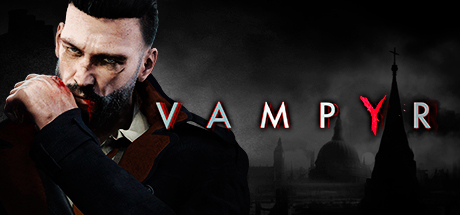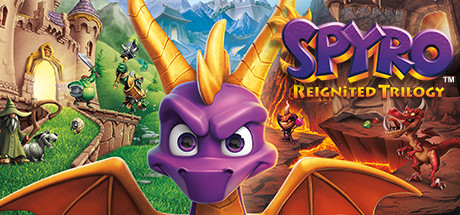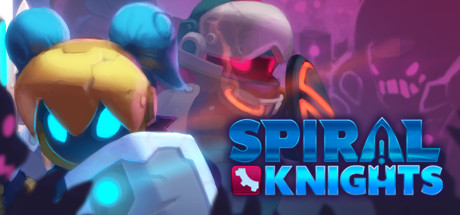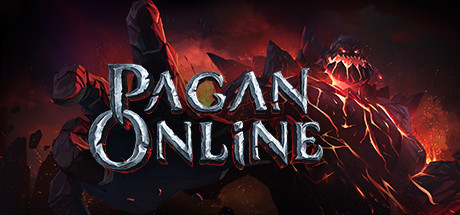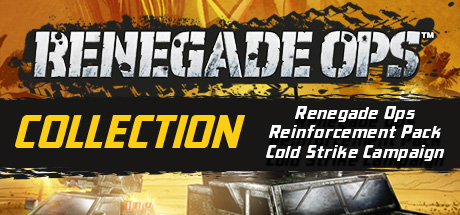About Vampyr
London, 1918. You are newly-turned Vampyr Dr. Jonathan Reid. As a doctor, you must find a cure to save the city’s flu-ravaged citizens. As a Vampyr, you are cursed to feed on those you vowed to heal. Will you embrace the monster within? Survive and fight against Vampyr hunters, undead skals, and other supernatural creatures. Use your unholy powers to manipulate and delve into the lives of those around you, to decide who will be your next victim. Struggle to live with your decisions… your actions will save or doom London. BE THE VAMPYR – Fight and manipulate with supernatural abilities
FEED TO SURVIVE – Be the savior and the stalker
SHAPE LONDON – A web of interconnected citizens reacts to your decisions
